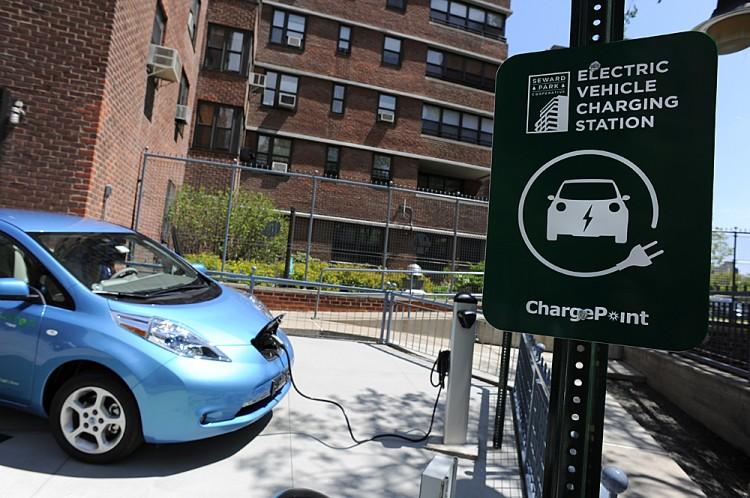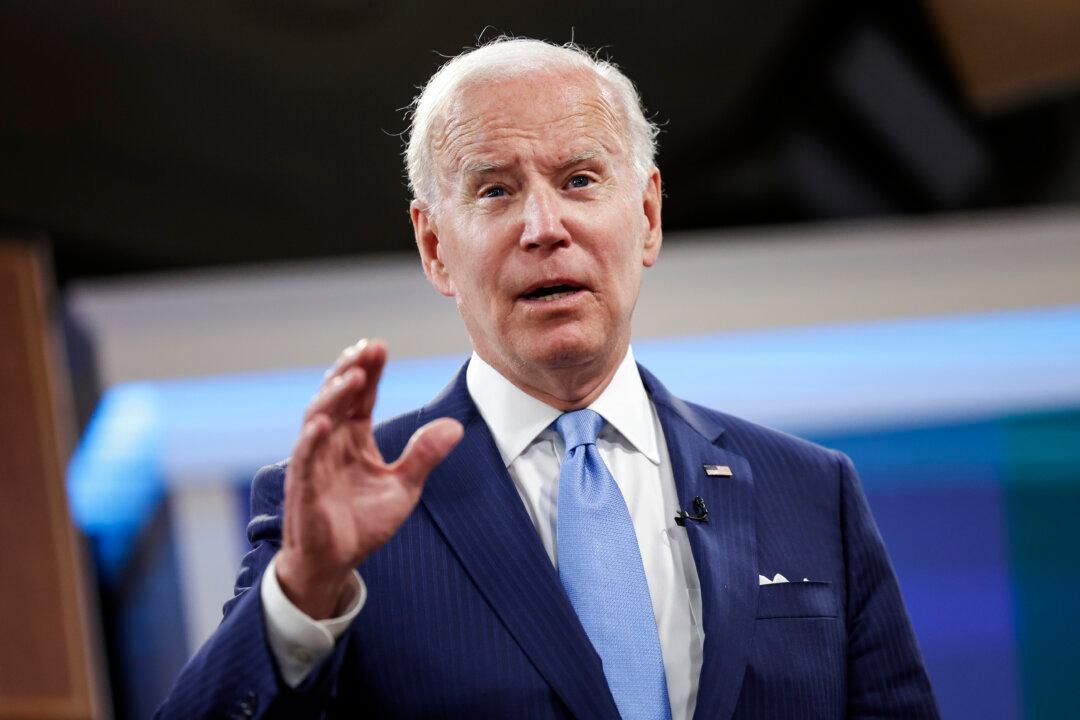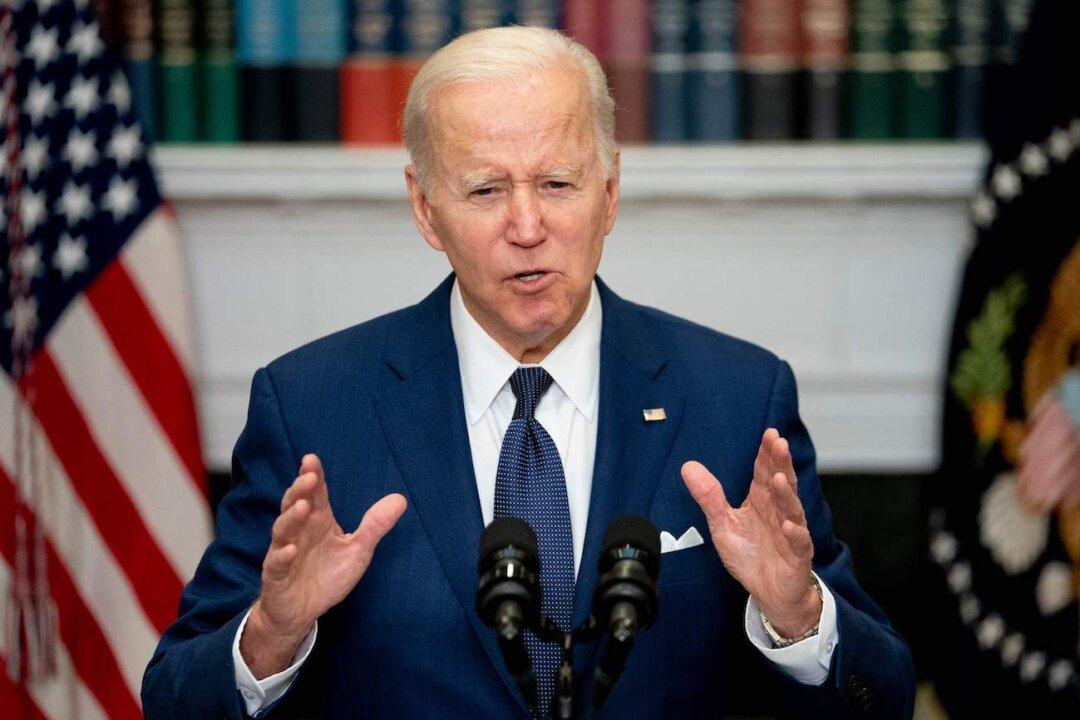The Environmental Protection Agency (EPA) is putting in place new fuel economy rules for passenger cars and light trucks that are the strictest yet, even more than the standards set during the Obama administration.
They come as the result of an executive order from President Joe Biden in January and undo President Donald Trump’s rollback of EPA regulations.




